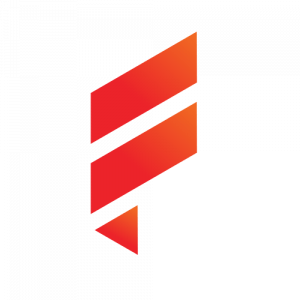WIRELESS ESTABLISHED VENDORS UNDER FIRE
Operators and their vendors spend a lot of time defining the standards on which they will base their equipment and services, like with 5G and most every other “G” that came before. In the open source community as well, they’re coming together in places like the Open Network Foundation (ONF) to create reference designs that form the basis of what they’re trying to do. Mavenir believes in open interfaces and the necessary disruption in the industry for operators to become profitable or, for that matter, to even provide basic coverage,
In April, the xRAN Forum announced the availability of a fronthaul specification that effectively enables an operator to buy a remote radio unit (RRU) from one vendor and a baseband unit (BBU) from another. That was seen as a game-changer for the industry in that it opened up an area that’s been locked down by the biggest radio infrastructure players the past 10 to 15 years due to the Common Protocol Radio Interface (CPRI).
Mavenir works with more than 300 operators around the globe, so it’s not exactly small potatoes. But that change in the spec effectively opened up the market to disruptors like itself. “It makes it a lot easier and we can finally compete on a level playing field from a technical perspective,” said Mavenir Business Development SVP John Baker.
Telefónica and Vodafone are each issuing a Request for Information (RFI) for Open RAN solutions as part of TIP, which launched its Open RAN Project Group in 2017 with the aim of developing fully programmable RAN solutions based on General Purpose Processing Platforms (GPPP) and disaggregated software.
Read More



